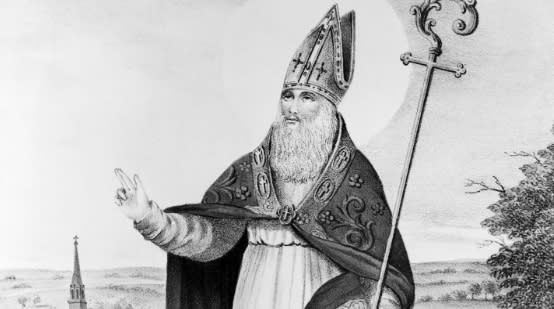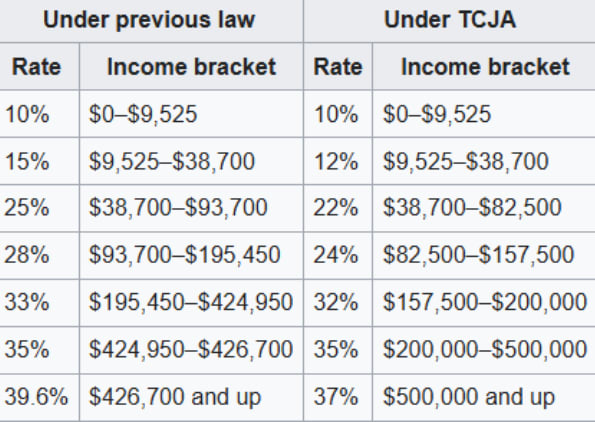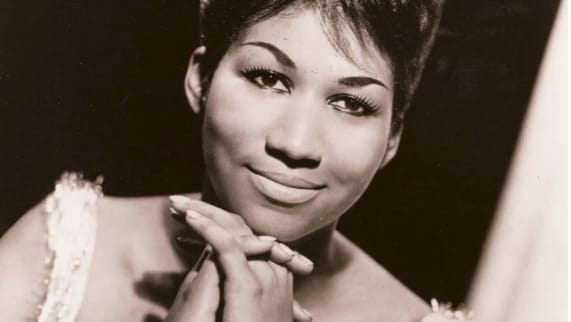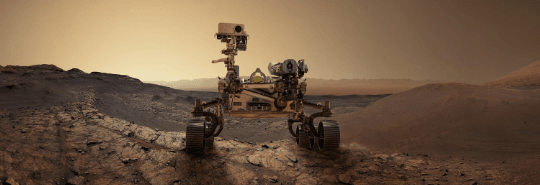“People respect nonfiction, but they read novels.” - E.O. Wilson
Ranked #3 on Goodreads as the least favorite genre, nonfiction books are notorious for being dry and utterly emotionless. Add science into that mix, and now the general population dreads reading. In an attempt to revive the remains of this genre, I have gathered five nonfiction science books that are actually enjoyable. Pop one open and dive into the world of anti-jargon-and-anti-dry-facts-overload that will leave you dying to become a scientist!
1. What If?: Serious Scientific Answers to Absurd Hypothetical Questions by Randall Munroe
If you like snarky humor, random facts, and stick-figure cartoons, this book is for you! From questions like “What height would you need to drop a steak for it to be cooked when it hit the ground?” to “Does Facebook contain more profiles of dead people than living ones?”, former NASA scientist Munroe uses his creative and artistic brain to create this fact-based book on unnecessary theoretical questions. All you need to do is crack open the first page, and you’ll fall in love!
2. Lab Girl by Hope Jahren
Famous for its story-like writing, Lab Girl is really a fiction book disguised as a scientific memoir. This book follows the life of geobiologist Hope Jahren, who grew up in her father’s science laboratory before entering her journey as a female scientist, where the intense pressure left her scouring for a place to sleep. Her platonic relationship with Bill and their endeavors in failed experiments and small grant funding reveals the emotional side of scientists’ journeys.
3. Hidden Figures by Margot Lee Shetterly
Hidden Figures highlights the true story of three African American women who played a crucial role as mathematicians for the first space orbit in 1962. Pioneers Katherine Johnson, Dorothy Vaughan, and Mary Jackson are thrown against biased adversity and insufficient educational opportunities in the science field. Their struggle against racial and gender segregation forges the path in STEM for the younger generation.
4. A Brief History of Time by Stephen Hawking
Written for the general public, physicist Stephen Hawking created A Brief History of Time to cover physics concepts in ways that even science critics can understand. The quick read describes the history of cosmology, phenomenons, and the major scientific theories on quantum physics black holes. As the world’s bestselling science book, this work will leave you full to the brim with knowledge!
5. Radium Girls: The Dark Story of America’s __Shining Women by Kate Moore
Shining out among the science genre, The Radium Girls tells the true story of hundreds of girls who toiled in radium-dial factories and fell ill from exposure to the radioactive chemical, radium. Their struggle against the factories’ negligence and efforts to fight for justice sheds light on 1900s labor regulations and workers’ rights. Author Kate Moore’s narrative writing style builds a personal connection between the young girls and the reader, and balances history with captivation!
Let’s be honest: most of us would sneer at a nonfiction science book, but all forms of ignorance come with FOMO. So, pick up one of these books at your local bookstore and give it a try!
Works Cited
https://www.goodreads.com/poll/show/46674-what-is-your-least-favorite-book-genre
https://www.litcharts.com/lit/lab-girl/summary
https://www.sparknotes.com/lit/hidden-figures/summary/
https://www.goodreads.com/book/show/3869.A_Brief_History_of_Time
https://www.britannica.com/biography/Stephen-Hawking
https://www.goodreads.com/book/show/31409135-the-radium-girls










